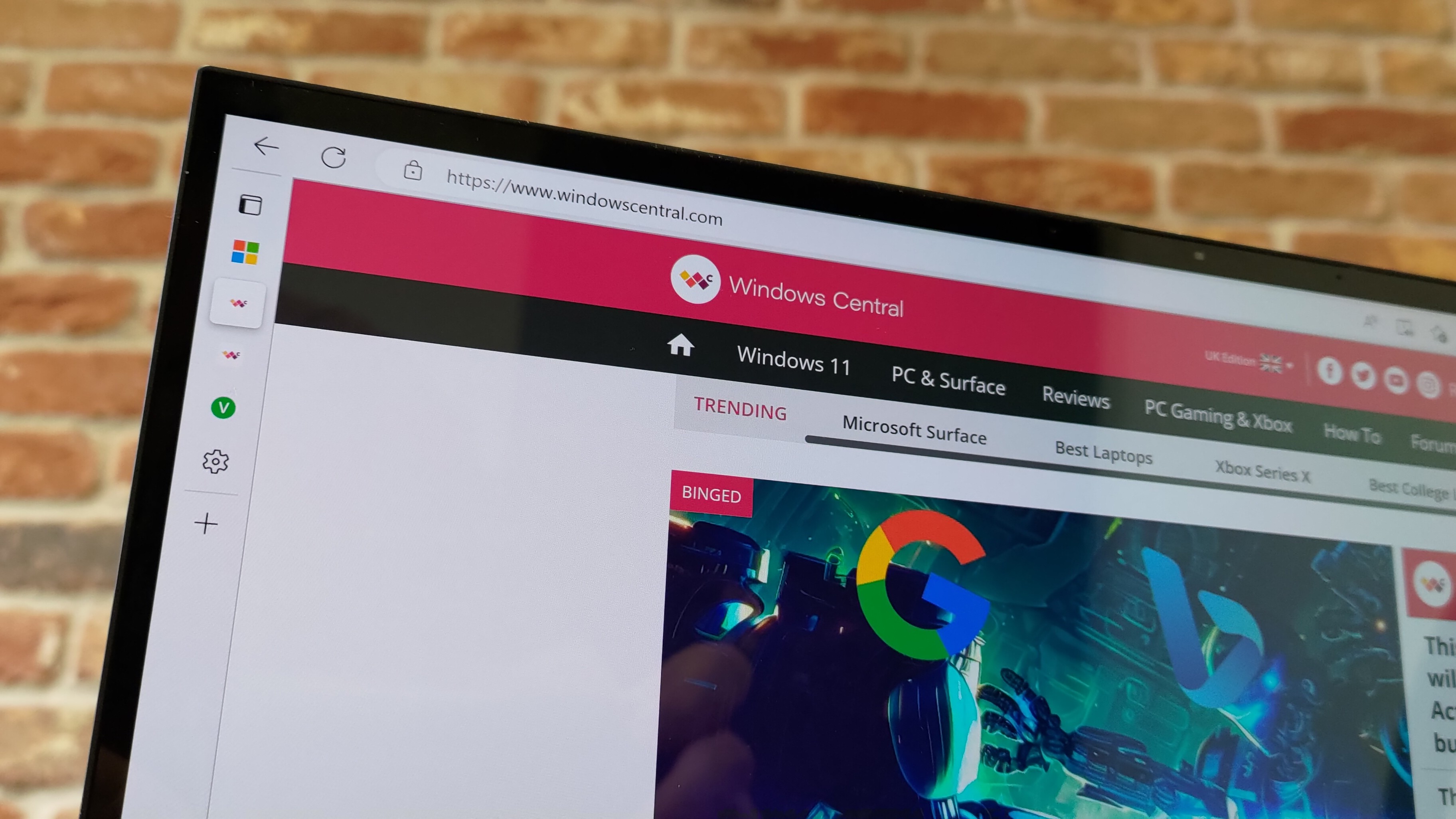
What you need to know
- Microsoft is working on a real-time translation for videos on the web, including YouTube videos.
- The feature is in early testing in the Canary Channel, so it's not stable at this time.
- Using real-time translation within Edge will require you to download and install a language pack once and then will work without additional downloads being needed.
Microsoft Edge will soon support a new real-time translation feature that takes the audio of any video on the web and translates it into a supported language. The feature is in testing among Canary Channel Insiders right now, so there are still bugs to work out. But assuming all goes to plan, people will soon be able to translate videos on the web into their language of choice.
The feature was spotted by Leo Varela, who shared some examples of the tool in action. Varela emphasized the bugginess of the feature in its current state, but that's to be expected from a Canary Channel feature.
After many attempts and multiple crashes I was finally able to make a short recording of Edge's video translation feature, in the first video you can hear the original audio and in the second you can hear Edge's AI-powered translation:https://t.co/FIcnSbSZjT pic.twitter.com/ozilW5YMOcMay 6, 2024
At the moment, the feature supports translating from English, Spanish, or Korean, into English, German, Spanish, Hindi, Italian, or Russian.
Real-time translation is an incredibly useful tool that breaks down communication barriers. Many services support translation in one way or another, such as Microsoft Teams adding translated captions. But the new feature in Edge is especially useful because it appears to work across different platforms. While the examples shared by Varela are from YouTube, the feature doesn't appear to be exclusive to that platform.
Edge's video translation feature is still early in its testing phase, so it's far from a smooth experience. Varela said he had to make many attempts just to get one video to work. Even the example of the feature working is the translation is far from smooth. But that's what testing is for. Presumably, Microsoft will polish the video translation experience before rolling it out to the public.
Failing French
I confess that I don't speak another language. I studied French from kindergarten until I was a teenager and never managed to figure it out. I took well to American Sign Language when studying it in college, but then I moved to England, which uses British Sign Language. I also have split my life between two countries that primarily speak English (the US and the UK). As a result, the content I watch online and people I speak with are largely English-speaking. Real-time translation within Edge opens the doors to loads of new videos, or rather, videos that are new to me.
It was a welcome addition when real-time translation to text became more common on the web, but I prefer listening to some types of content, such as podcasts and long-form interviews. Real-time translation into voice will let me listen to interviews, news pieces, and podcasts featuring people speaking other languages.
So, while all of my French teacher deserve an apology from me, at least I can listen to French podcasts now. Thanks AI.







